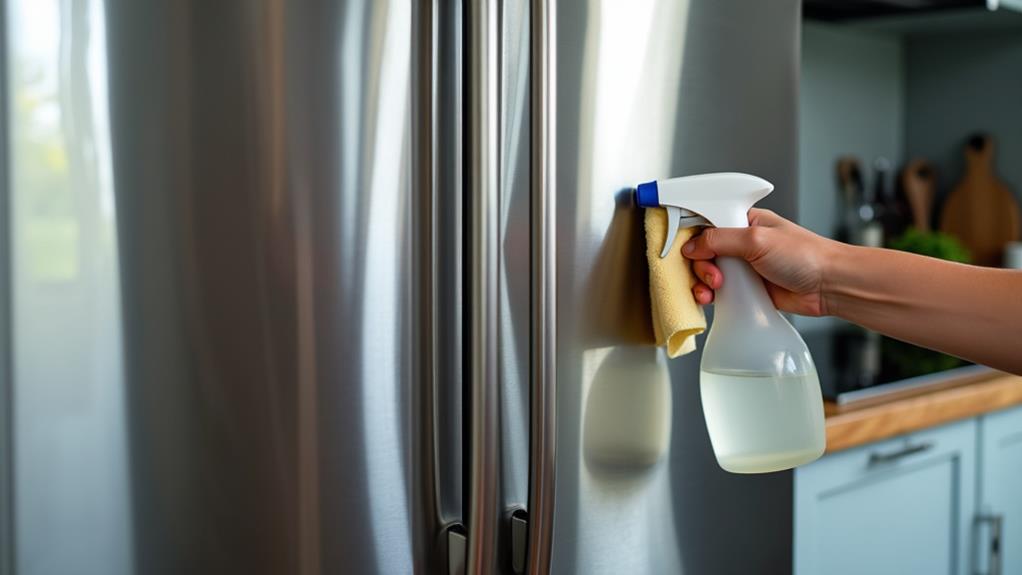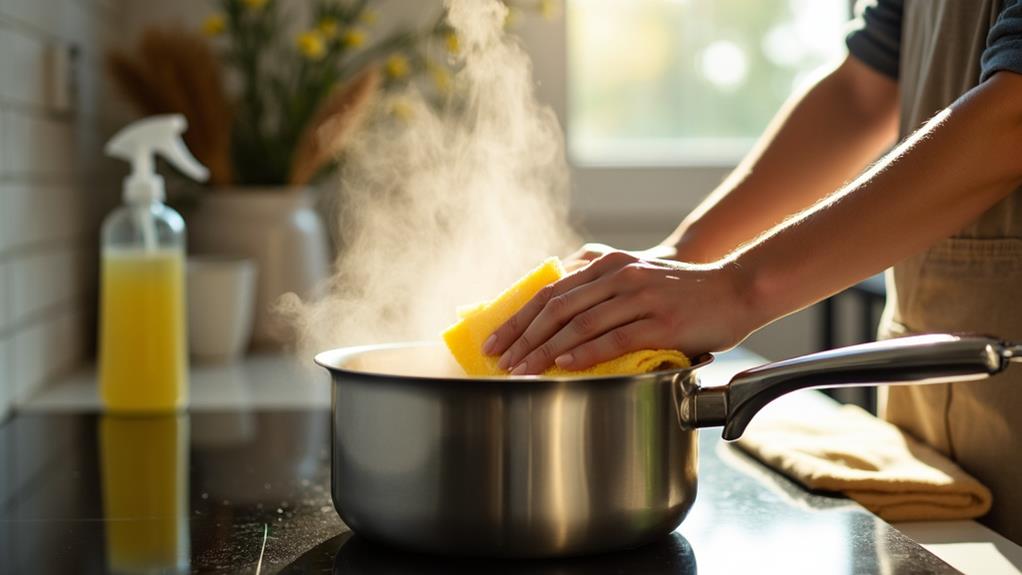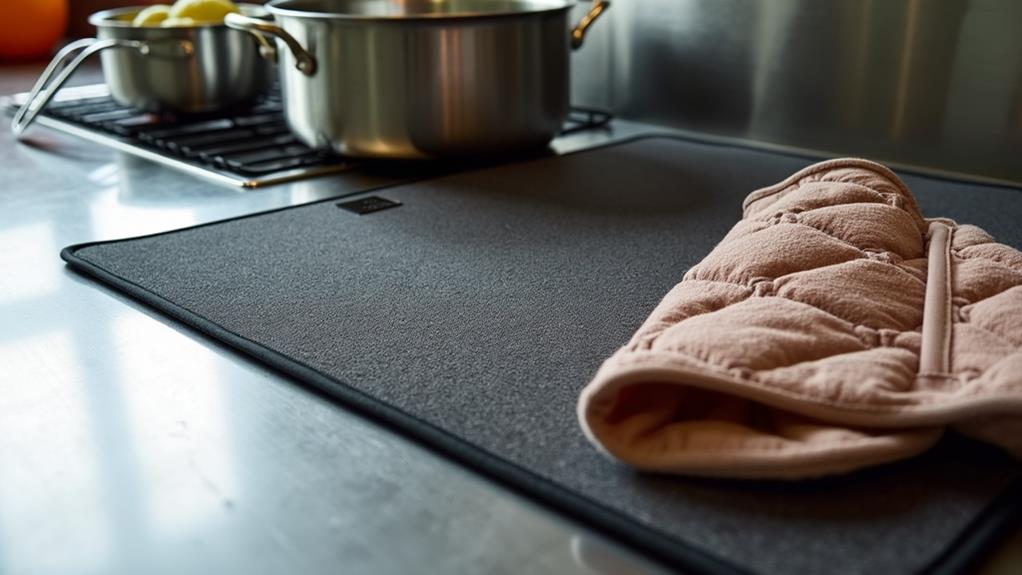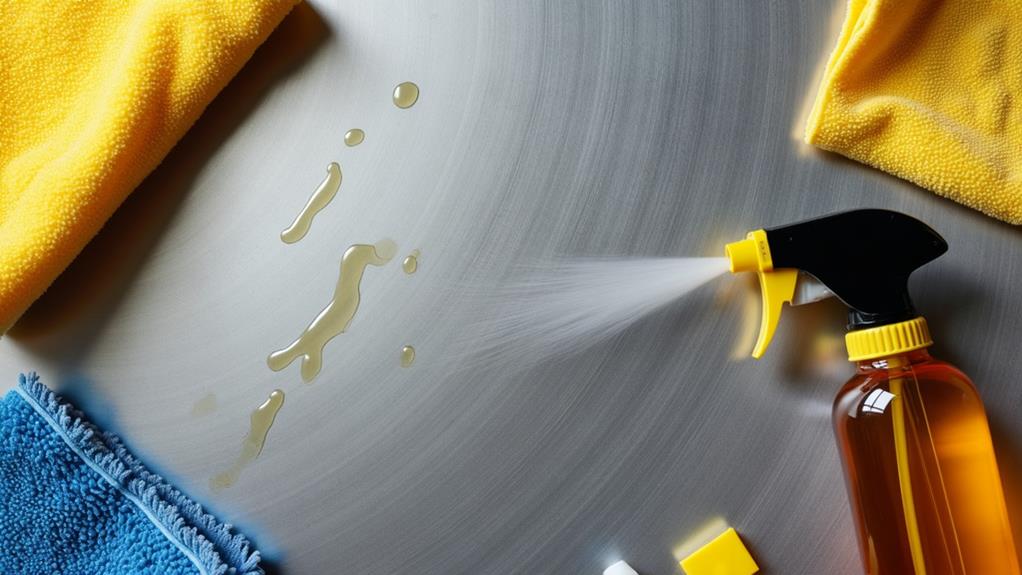The Importance of Buffing Stainless Steel for a High Shine
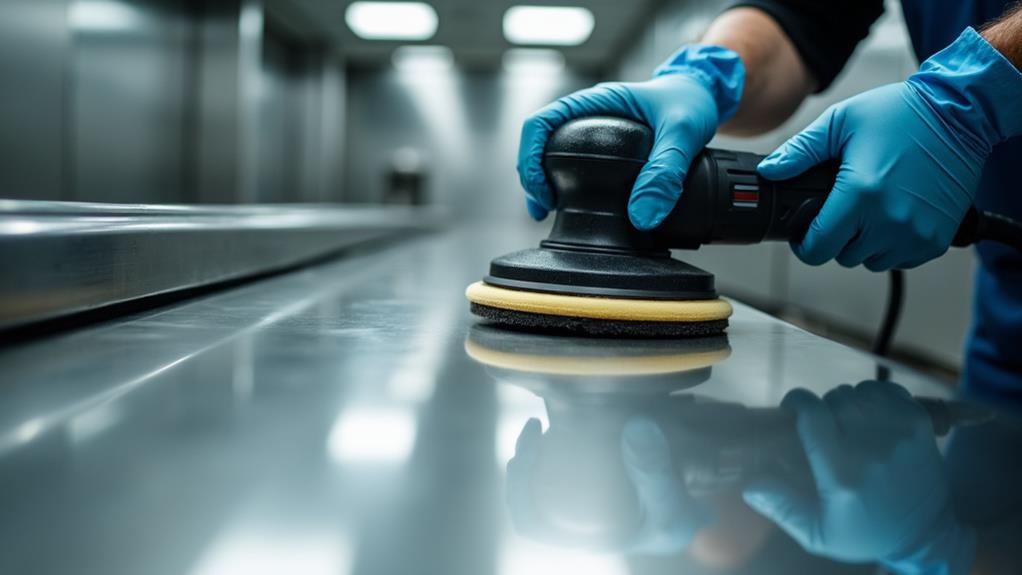
Buffing stainless steel is essential for giving it a high shine, enhancing both its visual appeal and durability. By smoothing out microscopic imperfections, buffing reduces corrosion risks and restores the material's original surface, which is significant for hygiene-sensitive areas. You'll need the right tools, like quality buffing wheels and polishing compounds, to achieve a mirror-like finish without causing damage. Consistent pressure and proper technique prevent issues like heat buildup and streaks. Regular maintenance guarantees the shine lasts longer. Uncover how to get the best results and avoid common mistakes with these tips.
What Is Buffing?
Buffing is a finishing process that smooths and polishes the surface of stainless steel to achieve a high shine. When you start buffing, surface preparation is critical. You need to clean the stainless steel thoroughly, removing any dirt, grease, or oxidation. This helps guarantee that the buffing techniques you employ will be effective and yield a flawless finish.
Next, you'll choose the right buffing compound. Different compounds are available for multiple stages of the buffing process. For instance, a coarser compound is used for initial smoothing, while a finer compound is ideal for the final polishing. Applying the compound to a buffing wheel, you'll then work the stainless steel surface in a consistent, circular motion. This technique helps to evenly distribute the compound and avoids creating swirls or streaks.
Remember to apply consistent pressure, but don't press too hard, as this can cause heat buildup and potentially damage the metal. Regularly inspect your progress, and reapply the compound as needed. By following these buffing techniques and prioritizing surface preparation, you'll achieve that desired high shine on your stainless steel items.
Benefits of Buffing Stainless Steel
Achieving a high shine on stainless steel isn't just about aesthetics; it also offers practical benefits. When you buff stainless steel, you're not only making it look sleek and professional, but you're also boosting its durability. Polishing techniques like buffing can greatly reduce the risk of corrosion by smoothing out microscopic imperfections where moisture and debris typically gather. This surface protection is vital for prolonging the life of your stainless steel items.
Moreover, buffing helps in removing scratches and other surface blemishes, restoring the material to its original, pristine state. This is especially essential in environments where hygiene is paramount, such as kitchens and medical facilities. A highly polished surface is easier to clean and sterilize, making it less likely to harbor bacteria and other contaminants.
Additionally, buffing improves the reflective properties of stainless steel. This not only makes the material more visually appealing but also enhances its ability to reflect light, which can brighten up spaces and reduce lighting costs. So, by investing time in proper polishing techniques, you're not just achieving a high shine; you're also ensuring surface protection, longevity, and better functionality for your stainless steel products.
Tools and Materials Needed
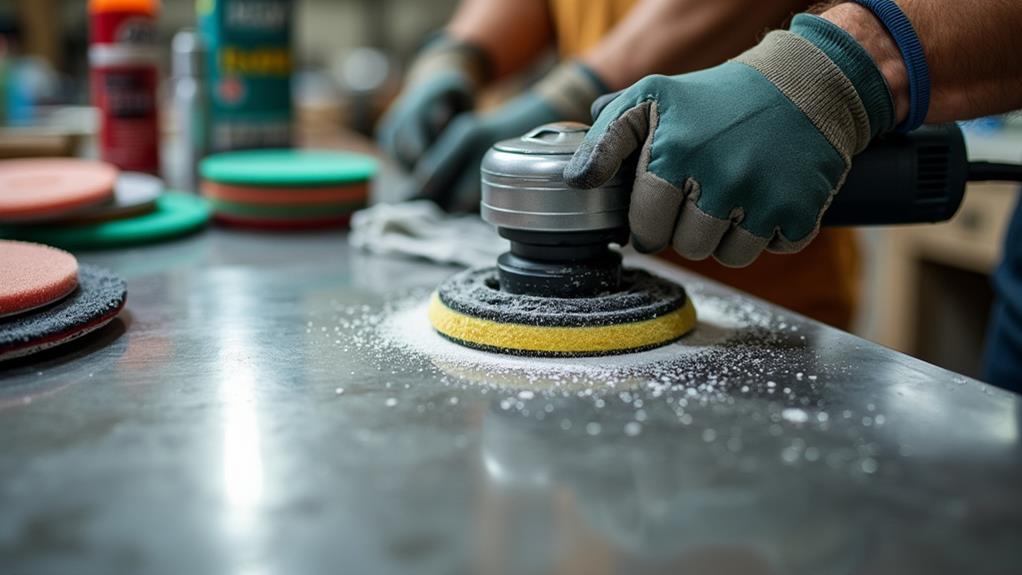
When you're ready to start buffing stainless steel to a high shine, gathering the right tools and materials is vital. Initially, you'll need a high-quality buffing wheel. These come in different types, such as cotton, sisal, and felt, each suited for distinct stages of the buffing process. Make sure to have multiple wheels for different polishing compounds to avoid cross-contamination.
Next, invest in a reliable rotary tool or a bench grinder. These machines provide the necessary power and speed to achieve a high shine. Look for one with variable speed settings to give you better control over your buffing techniques.
Polishing compounds are important for achieving a mirror-like finish. You'll need a range of compounds, from coarse to fine, to progressively refine the surface. Common options include tripoli, white rouge, and jeweler's rouge. Each compound is designed for specific stages, from removing scratches to providing the ultimate polish.
Don't forget safety gear. Always wear safety goggles and gloves to protect yourself from flying debris and sharp edges. Lastly, keep some clean microfiber cloths handy for wiping down the surface between stages. With the right tools and materials, you're well on your way to mastering stainless steel buffing techniques.
Steps in Buffing Stainless Steel
To begin the buffing process, start by thoroughly cleaning the stainless steel surface to remove any dirt, grease, or grime. This vital step in surface preparation guarantees you have a clean canvas for buffing, which is fundamental for achieving a high shine.
Next, choose the appropriate buffing compound based on the stainless steel's condition. There are several technique variations, but generally, you'll begin with a coarser compound for initial smoothing, then shift to finer compounds for polishing. Attach the buffing wheel to your power tool and apply the compound to the wheel, not directly to the steel.
Hold the buffing wheel against the surface, applying consistent pressure. Move the wheel in overlapping, circular motions to avoid streaks. Don't rush; patience pays off in achieving a uniform shine. Remember, technique variations may include adjusting the speed of your power tool or the type of buffing wheel used, so experiment to find what works best for your specific piece.
After you've completed the buffing, wipe down the surface with a clean, soft cloth to remove any residual compound. This final touch will reveal the gleaming, high-shine finish you've worked hard to achieve.
Common Mistakes to Avoid
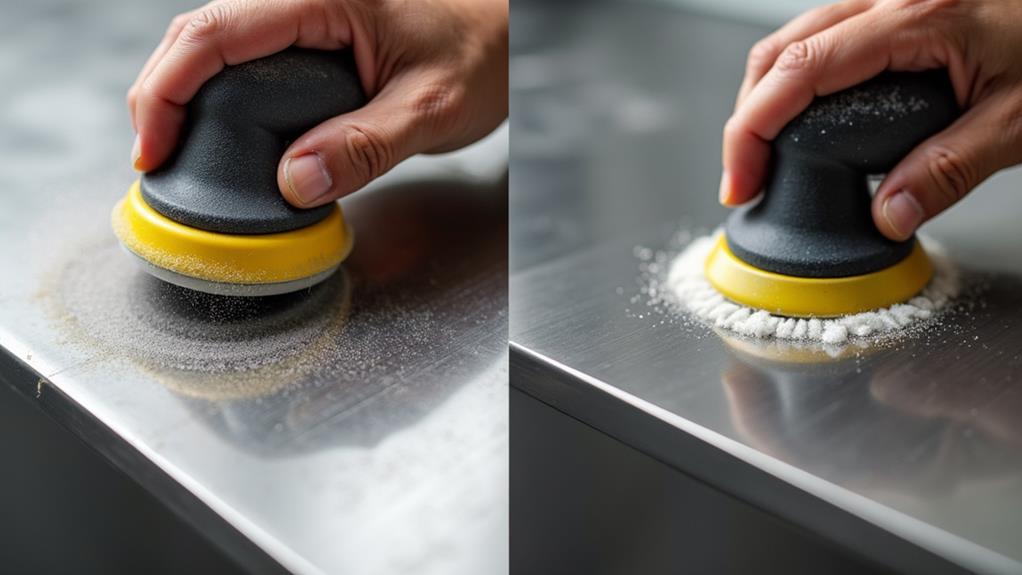
Once you've mastered the steps in buffing stainless steel, it's just as essential to be aware of common mistakes that can undermine your efforts. One major pitfall is over buffing. You might think more buffing equates to a higher shine, but that's not the case. Over buffing can generate excessive heat, leading to discoloration or even warping of the stainless steel. Always keep an eye on the temperature and avoid prolonged buffing in one spot.
Another common error is wrong pad selection. Using the incorrect pad can ruin your finish. Different pads serve different purposes; some are meant for initial cutting, while others are for the final polishing. Using a coarse pad when you should be using a fine one can leave scratches, while using a fine pad prematurely might result in inefficient buffing.
Maintenance After Buffing
After achieving that perfect high shine on your stainless steel, consistent maintenance is key to keeping it looking pristine. Start with regular cleaning using a mild detergent and warm water. Dry the surface thoroughly with a soft cloth to prevent water spots and streaks. For post buffing care, avoid abrasive cleaners or scrubbers that can scratch the surface.
Applying protective coatings can greatly extend the life of your shine. Consider using stainless steel polish or a clear coat sealant. These products create a barrier against fingerprints, smudges, and environmental pollutants. Simply spray or apply the coating with a soft cloth, then buff it out to improve the shine and protection.
Make it a habit to inspect your stainless steel regularly. Look for any signs of wear or damage and address them promptly. If you notice scratches or dull spots, a light re-buffing might be necessary to restore the shine. Always follow up with your chosen protective coating to maintain the surface.

